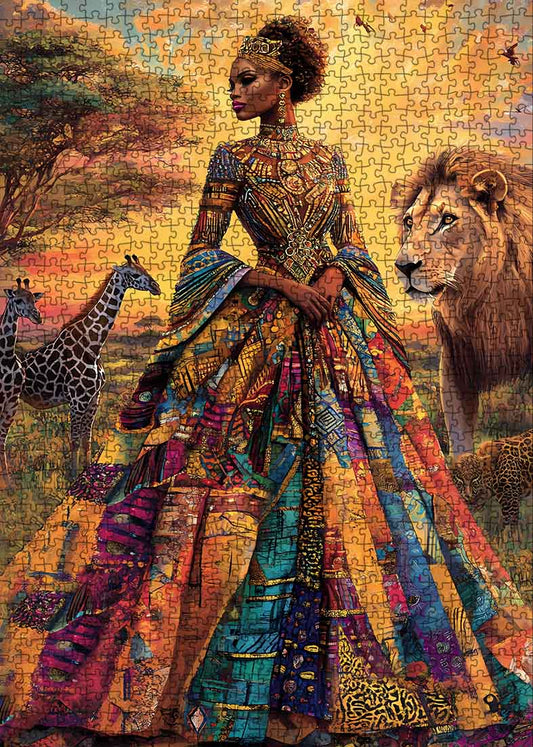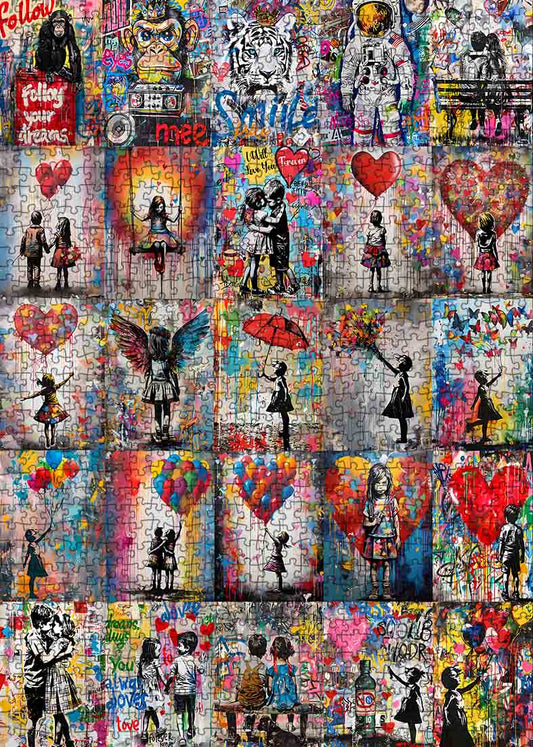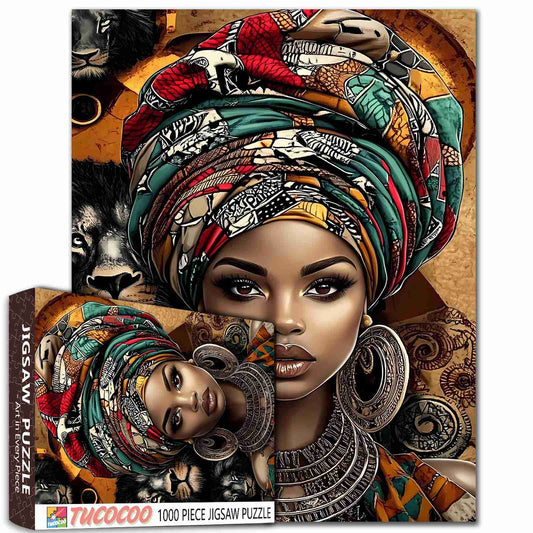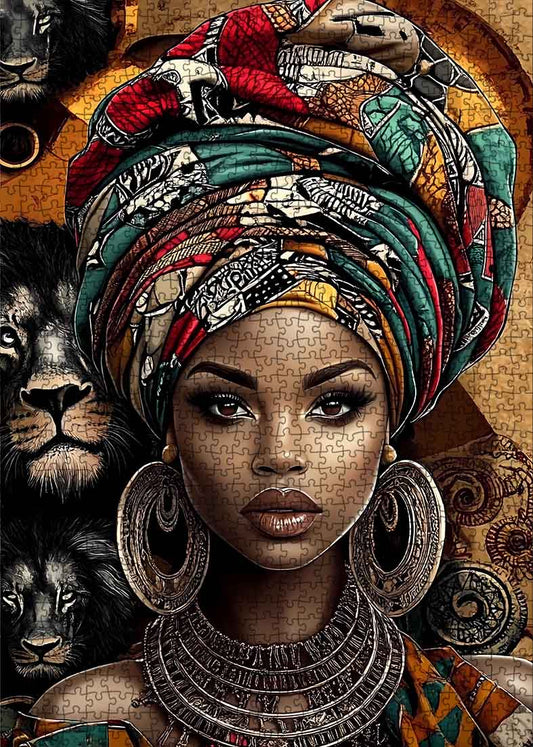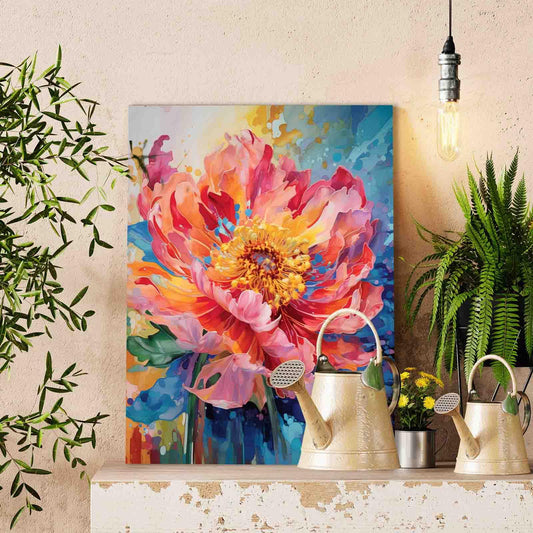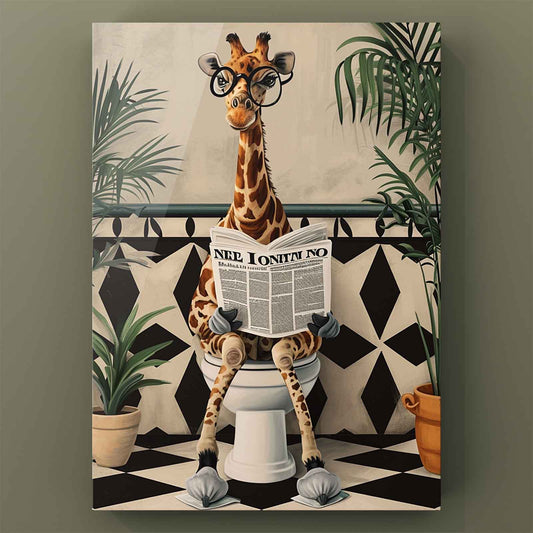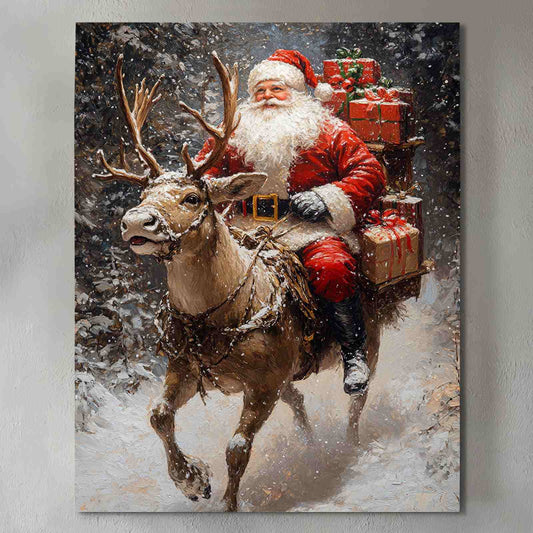
What Makes Modern Jesus Artwork Stand Out
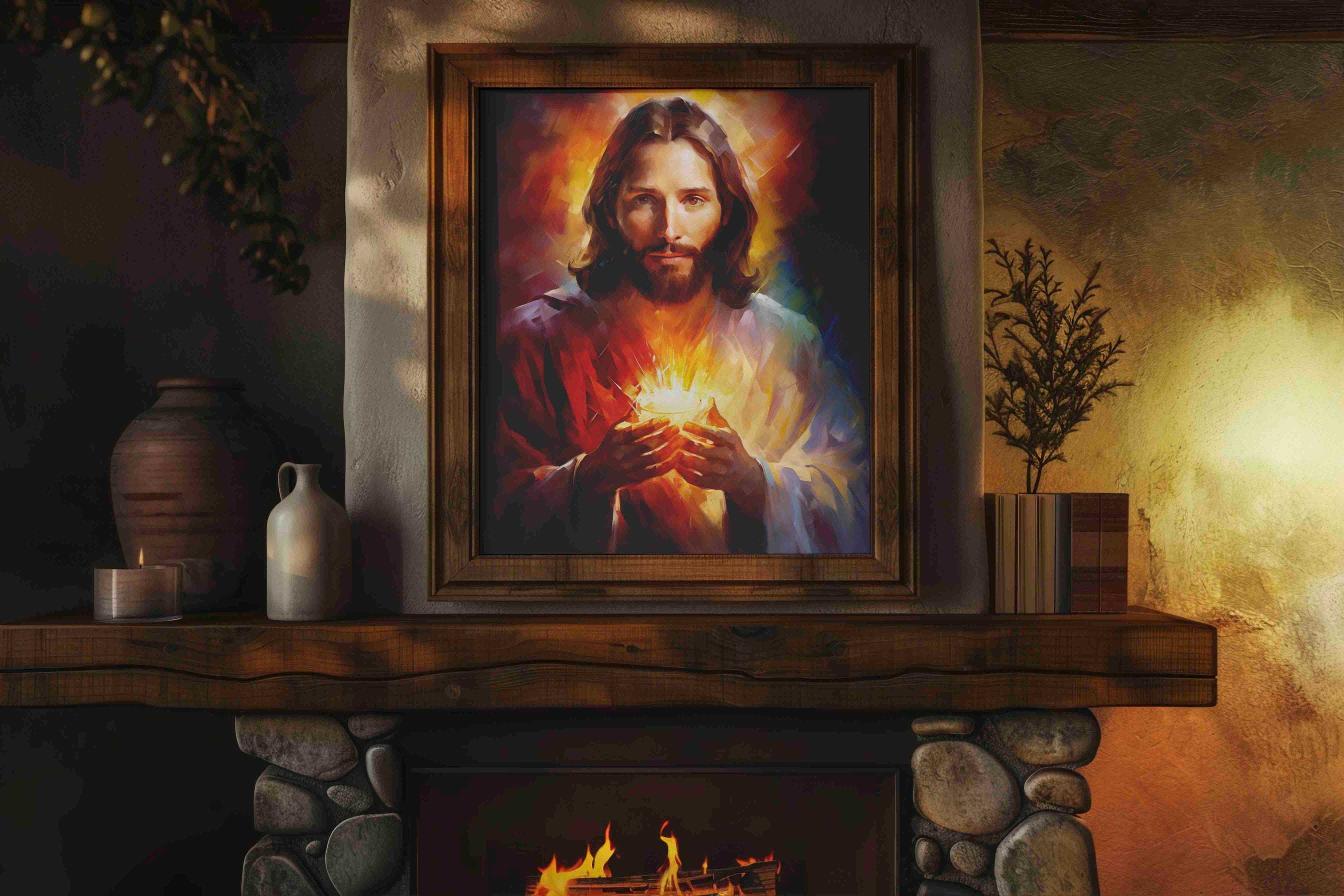
Modern Jesus artwork redefines how traditional religious imagery is experienced. By incorporating classic elements with modern creativity, contemporary Jesus artwork makes His image more accessible and relatable to today's world. These captivating depictions of Jesus highlight universal themes of faith and spirituality, resonating with a wide range of audiences. Through this transformation, Jesus artwork forges a profound connection with your emotions and personal struggles.
Key Takeaways
Modern Jesus art mixes old styles with new ideas. This helps people today connect with His image.
Showing Jesus in inclusive ways helps everyone feel closer to Him. People from all walks of life can relate to His story.
-
Bright colors and detailed designs in modern Jesus art bring feelings. They help people think deeply and feel inspired to worship.

Tucocoo Religious Paint by Numbers
The Evolution of Jesus Artwork
From Traditional Portraits to Modern Interpretations
The journey of Jesus artwork spans centuries, reflecting changes in culture, theology, and artistic expression. Early Christian art often portrayed Jesus as the Good Shepherd, a symbol of care and guidance. These depictions, found in Roman catacombs, were influenced by the cultural styles of the time. As Christianity spread, Byzantine art introduced iconic portrayals of Jesus, emphasizing his divine nature. During the Renaissance, artists focused on idealized beauty and emotional intensity in their paintings of Jesus, capturing his sacred essence. Over time, modern interpretations began to explore Jesus' humanity, using diverse styles to reflect his teachings and life.
Modern portraits of Jesus challenge traditional stereotypes. They embrace cultural diversity, depicting Jesus with various ethnicities and physical features. These visual representations of Jesus often highlight his compassion and relatability, offering fresh perspectives that resonate with contemporary audiences. By breaking away from conventional portrayals, modern Jesus paintings invite you to reflect on his teachings in new and meaningful ways.
How Modern Jesus Artwork Reflects Contemporary Values
Modern Jesus artwork mirrors the values of today's world. Artists reimagine biblical narratives to address current social issues like poverty and injustice. Some paintings place Jesus in urban settings, emphasizing his connection to everyday struggles. Others explore different stages of his life, from childhood to old age, showcasing his humanity and relatability.
These artworks also focus on themes of compassion, social justice, and God's unconditional love. By reflecting on Jesus' teachings and life, they inspire you to connect with his message in a way that feels relevant to modern challenges. This shift in focus makes Jesus artwork a powerful tool for worship and spiritual reflection.
The Shift Toward Inclusivity in Depictions of Jesus
Inclusivity has become a defining feature of modern Jesus portraits. Artists now depict Jesus in diverse ethnicities, moving away from traditional Western portrayals. This approach acknowledges the global nature of Christianity and its cultural significance across different communities. By embracing inclusivity, these artworks foster a deeper connection with Jesus, making his image more relatable to people from all walks of life.
Contemporary Christian art also challenges stereotypes by exploring new dimensions of Jesus' identity. These different styles of Jesus portraits celebrate his universal appeal, reminding you of his enduring relevance. Through symbolism and representation in Jesus portraits, modern artists create a visual language that speaks to the heart of faith and spirituality.

Tucocoo Religious Paint by Numbers
Symbolism and Emotional Impact in Modern Jesus Art
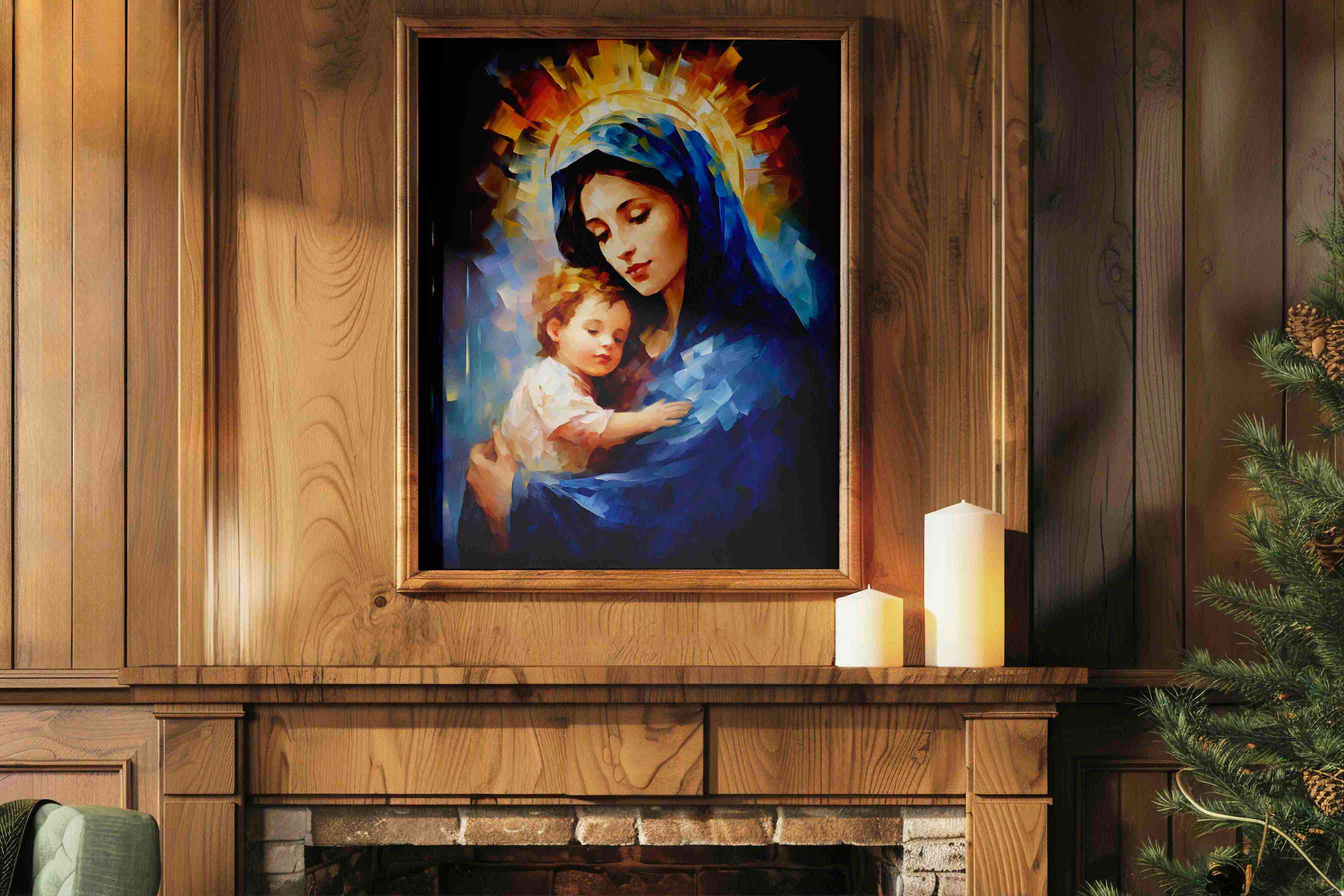
The Use of Vibrant Colors and Textures in Jesus Artwork
Modern Jesus artwork often uses vibrant colors and rich textures to evoke deep emotions and spiritual reflection. Artists employ bold hues to symbolize divine attributes. For example, gold often represents holiness, while red signifies sacrifice and love. These colors create a visual language that connects you to the sacred nature of Jesus. Textures, whether through brushstrokes or mixed media, add depth and dimension, making the image of Jesus feel alive and relatable.
In many cultures, artists adapt their palettes to reflect local traditions. Western depictions of Jesus might use soft pastels to convey serenity, while African interpretations often feature bright, earthy tones to highlight his empathy and humanity. Asian Jesus-themed paintings frequently incorporate intricate patterns and symbols, blending cultural heritage with Christian themes. These artistic choices enhance your connection to Jesus' teachings and life, offering a deeper understanding of his role in your faith journey.
Depicting Suffering, Redemption, and Holiness
Paintings of Jesus often portray his suffering, redemption, and holiness through powerful symbolism. Wounds on his hands and feet remind you of his sacrifice, while the crucifixion marks emphasize his role in redeeming humanity. These physical details inspire devotion and encourage you to reflect on his love and compassion.
Artistic movements like Romanticism and Realism have shaped how Jesus' suffering is depicted. Romantic art highlights his emotional and spiritual struggles, as seen in works like "Christ on the Sea of Galilee." Realist paintings focus on his humanity, making him more relatable. These depictions, rooted in cultural and theological traditions, help you grasp the significance of his life and teachings.
Artistic Movement |
Key Characteristics |
Example Artwork |
|---|---|---|
Romantic |
Emphasized emotion and humanity of Jesus |
"Christ on the Sea of Galilee" by Delacroix |
Realism |
Depicted Jesus as empathetic and relatable |
Works by Gustave Courbet |
Symbolism |
Used allegory to explore spiritual themes |
Works by Gustave Moreau |
Inspiring Worship and Devotion Through Emotional Resonance
Modern Jesus artwork plays a vital role in inspiring worship and devotion. By capturing Jesus' compassion and relatability, these portraits encourage you to reflect on his teachings and life. The emotional depth in these artworks fosters a sense of spiritual closeness, enhancing your worship experience.
When you see Jesus as the Good Shepherd or as a figure of redemption, you feel a profound connection to his message. This emotional resonance bridges the gap between faith and daily struggles, reminding you of his enduring presence. Through symbolism and representation in Jesus portraits, modern Christian art continues to inspire and uplift believers worldwide.

Tucocoo Religious Paint by Numbers
The Role of Modern Jesus Artwork in Contemporary Faith
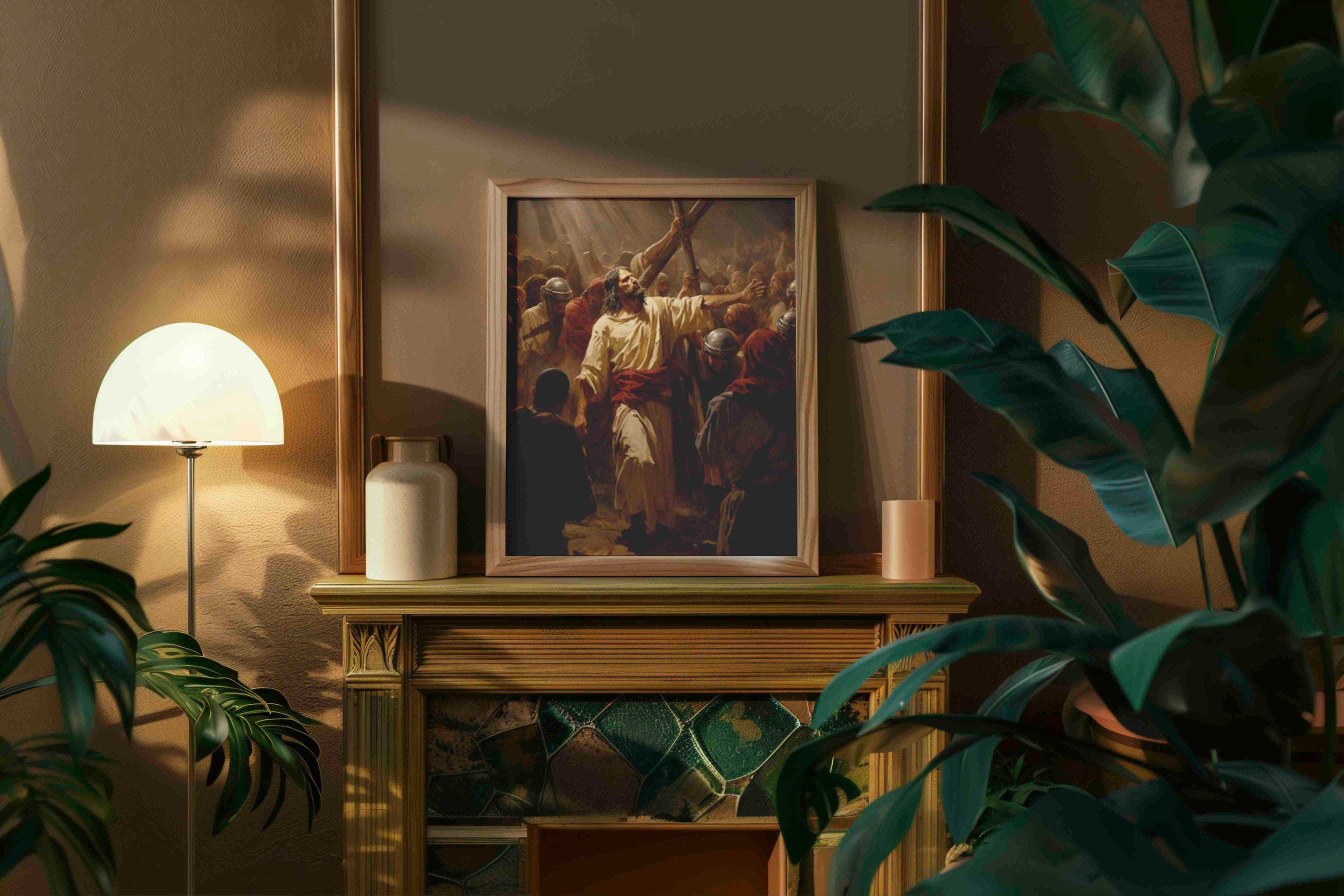
Encouraging Spiritual Reflection in a Modern World
Modern Jesus artwork serves as a powerful tool for spiritual reflection. These artworks act as visual aids in Christian worship, inspiring faith and encouraging personal contemplation. When you see vibrant portraits of Jesus, they remind you of his life and teachings, stirring your heart and nurturing your spirit. These images provide a tangible way to connect with his message, fostering spiritual growth and devotion.
The emotional depth in these paintings of Jesus evokes profound reactions. They encourage you to reflect on his compassion, sacrifice, and love. By creating sacred spaces for worship, these artworks help you focus on your faith journey. Whether displayed in churches or personal spaces, they inspire moments of quiet reflection, allowing you to deepen your connection with Jesus.
Building Community Through Shared Artistic Experiences
Modern Christian art plays a significant role in building community. Shared experiences with Jesus paintings bring people together, fostering a sense of unity and belonging. These artworks cater to diverse audiences, addressing the spiritual and emotional needs of the community. By reflecting universal themes of faith and love, they create a shared language that connects believers.
When you engage with these paintings, you participate in a collective experience. The emotional resonance of Jesus portraits often sparks conversations and shared reflections. This communal aspect strengthens bonds among believers, creating sacred spaces for worship and mutual support. Through these shared artistic experiences, modern Christian art becomes a bridge that unites people in faith.
Bridging Faith and Culture with Inspiring Images of Jesus
Modern Jesus artwork bridges faith and culture by reimagining traditional depictions. Classical portraits of Jesus capture significant moments from his life, such as the Resurrection or walking on water. These images serve as visual representations of faith, fostering a deeper connection with his teachings. Each rendering, whether traditional or modern, offers a unique way to engage with the divine.
By blending cultural elements with Christian themes, these artworks resonate with diverse audiences. They encourage you to find solace and inspiration in Jesus' life and message. This fusion of art and faith creates a universal appeal, making his teachings accessible to people from all walks of life. Modern Jesus paintings continue to inspire devotion and reflection, bridging the gap between tradition and contemporary spirituality.
Modern Jesus artwork captivates by blending tradition with innovation. Vibrant colors and bold shapes redefine his image, while mixed media and sculptures challenge conventional portrayals. These portraits connect deeply with your faith, inspiring worship and devotion. By reflecting diverse audiences and spiritual themes, these paintings of Jesus foster a profound connection to his teachings.

Tucocoo Religious Paint by Numbers
FAQ
What makes modern Jesus artwork different from traditional depictions?
Modern Jesus artwork embraces cultural diversity and contemporary themes. It reflects Jesus' teachings challenge societal norms, making his image more relatable to today's world.
How does modern Jesus artwork foster community?
These artworks create shared experiences, connecting with the global Christian community. They inspire conversations and reflections, uniting believers through universal themes of faith and love.
Why is inclusivity important in modern Jesus artwork?
Inclusivity ensures Jesus' image resonates with people from all backgrounds. It highlights Christianity's global nature and fosters a deeper connection with his teachings.


